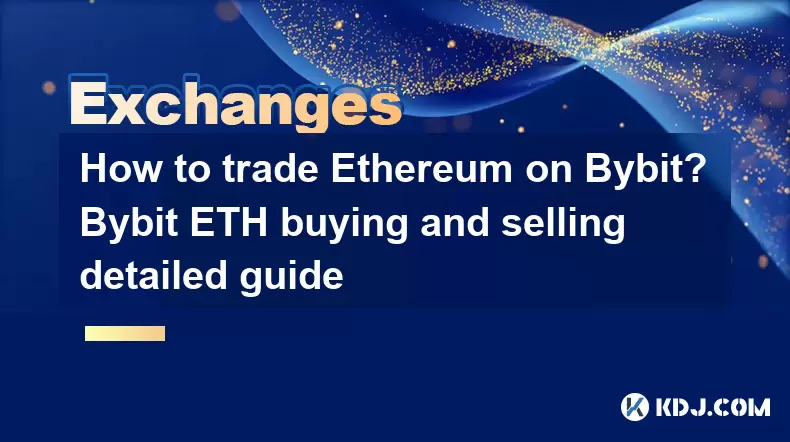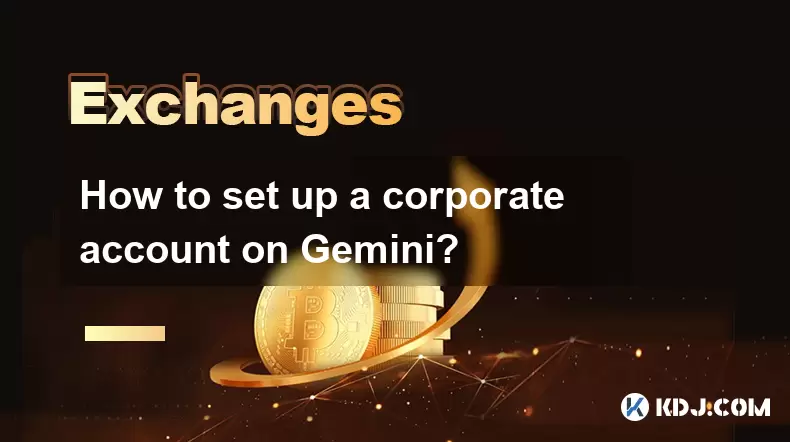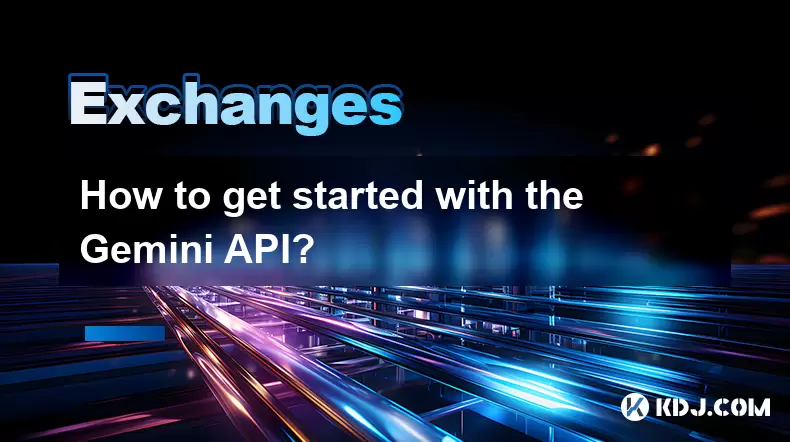-
 Bitcoin
Bitcoin $114200
0.00% -
 Ethereum
Ethereum $3637
0.56% -
 XRP
XRP $2.950
-2.01% -
 Tether USDt
Tether USDt $0.9999
0.02% -
 BNB
BNB $761.0
0.55% -
 Solana
Solana $164.1
-1.38% -
 USDC
USDC $0.9999
0.02% -
 TRON
TRON $0.3332
0.36% -
 Dogecoin
Dogecoin $0.2012
-0.52% -
 Cardano
Cardano $0.7261
-1.41% -
 Hyperliquid
Hyperliquid $37.62
-2.13% -
 Stellar
Stellar $0.3930
-2.65% -
 Sui
Sui $3.441
-0.16% -
 Bitcoin Cash
Bitcoin Cash $563.8
0.70% -
 Chainlink
Chainlink $16.50
0.09% -
 Hedera
Hedera $0.2424
-0.14% -
 Ethena USDe
Ethena USDe $1.001
0.01% -
 Avalanche
Avalanche $22.20
0.00% -
 Litecoin
Litecoin $118.0
-2.48% -
 UNUS SED LEO
UNUS SED LEO $8.991
0.12% -
 Toncoin
Toncoin $3.195
-3.87% -
 Shiba Inu
Shiba Inu $0.00001217
0.12% -
 Uniswap
Uniswap $9.674
-0.21% -
 Polkadot
Polkadot $3.633
1.00% -
 Monero
Monero $295.3
-0.82% -
 Dai
Dai $0.9999
0.00% -
 Bitget Token
Bitget Token $4.321
-0.41% -
 Cronos
Cronos $0.1392
0.73% -
 Pepe
Pepe $0.00001027
-0.89% -
 Aave
Aave $258.5
0.32%
How to trade Ethereum on Bybit? Bybit ETH buying and selling detailed guide
Trading Ethereum on Bybit involves setting up an account, depositing funds, and executing buy or sell orders through their robust platform.
Jun 07, 2025 at 06:49 pm

Trading Ethereum on Bybit can be an exciting venture for both new and experienced traders. Bybit is a popular cryptocurrency exchange that offers a robust platform for trading various digital assets, including Ethereum (ETH). This guide will walk you through the detailed process of buying and selling Ethereum on Bybit, ensuring you have all the necessary information to trade confidently.
Setting Up Your Bybit Account
Before you can start trading Ethereum on Bybit, you need to set up an account. Here's how you can do it:
- Visit the Bybit website and click on the "Sign Up" button located at the top right corner of the page.
- Enter your email address and create a strong password. Make sure to use a password that includes a mix of letters, numbers, and special characters to enhance security.
- Verify your email address by clicking on the verification link sent to your inbox.
- Complete the KYC (Know Your Customer) process by providing the required personal information and uploading a valid ID document. This step is crucial for complying with regulatory standards and ensuring the security of your account.
- Set up two-factor authentication (2FA) for an additional layer of security. You can use an authenticator app like Google Authenticator or Authy to generate time-based codes.
Once your account is set up, you're ready to start trading Ethereum on Bybit.
Depositing Funds into Your Bybit Account
To trade Ethereum, you'll need to deposit funds into your Bybit account. Here's how to do it:
- Navigate to the "Assets" section on the Bybit platform and click on "Deposit."
- Select the cryptocurrency you want to deposit, such as Bitcoin (BTC), USDT, or ETH. If you want to buy Ethereum, you can deposit any of these currencies and then use them to purchase ETH.
- Choose the network for your deposit. Bybit supports multiple networks like ERC20, TRC20, and BEP20. Make sure to select the correct network to avoid any issues with your deposit.
- Generate a deposit address by clicking on "Generate Address." Copy the address and use it to send funds from your external wallet to your Bybit account.
- Confirm the transaction on your external wallet and wait for the funds to arrive in your Bybit account. The time it takes for the deposit to be credited depends on the network you used.
Buying Ethereum on Bybit
Now that you have funds in your Bybit account, you can proceed to buy Ethereum. Follow these steps:
- Go to the "Trade" section on the Bybit platform and select the "Spot" tab.
- Choose the ETH trading pair you want to use, such as ETH/USDT or ETH/BTC. This will determine the currency you'll use to buy Ethereum.
- Enter the amount of Ethereum you want to buy in the "Amount" field. You can also enter the amount of the currency you're using to buy ETH, and Bybit will calculate the equivalent amount of ETH.
- Review the order details and click on "Buy ETH" to execute the trade. You can choose between a market order, which executes at the current market price, or a limit order, which allows you to set a specific price at which you want to buy ETH.
- Confirm the trade and wait for it to be executed. Once the trade is complete, the Ethereum will be credited to your Bybit account.
Selling Ethereum on Bybit
If you want to sell your Ethereum on Bybit, the process is similar to buying. Here's how to do it:
- Navigate to the "Trade" section and select the "Spot" tab.
- Choose the ETH trading pair you want to use, such as ETH/USDT or ETH/BTC. This will determine the currency you'll receive when selling Ethereum.
- Enter the amount of Ethereum you want to sell in the "Amount" field. You can also enter the amount of the currency you want to receive, and Bybit will calculate the equivalent amount of ETH.
- Review the order details and click on "Sell ETH" to execute the trade. You can choose between a market order, which executes at the current market price, or a limit order, which allows you to set a specific price at which you want to sell ETH.
- Confirm the trade and wait for it to be executed. Once the trade is complete, the currency you received will be credited to your Bybit account.
Withdrawing Ethereum from Bybit
If you want to move your Ethereum to an external wallet, you can withdraw it from Bybit. Here's how to do it:
- Go to the "Assets" section and click on "Withdraw."
- Select Ethereum (ETH) as the cryptocurrency you want to withdraw.
- Choose the network for your withdrawal. Bybit supports multiple networks like ERC20, TRC20, and BEP20. Make sure to select the correct network to avoid any issues with your withdrawal.
- Enter the amount of Ethereum you want to withdraw and the address of the external wallet where you want to send the ETH.
- Review the withdrawal details and click on "Withdraw" to initiate the process. You may need to confirm the withdrawal via email or 2FA, depending on your account settings.
- Wait for the withdrawal to be processed. The time it takes for the withdrawal to be completed depends on the network you used.
Frequently Asked Questions
Q: Can I trade Ethereum futures on Bybit?
A: Yes, Bybit offers Ethereum futures trading in addition to spot trading. You can access the futures trading section on the platform and trade ETH futures contracts.
Q: What are the fees for trading Ethereum on Bybit?
A: Bybit charges a maker fee of 0.01% and a taker fee of 0.06% for spot trading. For futures trading, the fees vary depending on your trading volume and whether you are a maker or a taker.
Q: Is there a minimum amount required to buy Ethereum on Bybit?
A: There is no minimum amount required to buy Ethereum on Bybit. However, you should consider the fees and the amount you're comfortable trading with.
Q: Can I use leverage when trading Ethereum on Bybit?
A: Yes, Bybit offers leverage for Ethereum futures trading. You can choose the level of leverage you want to use, but be aware that trading with leverage increases both potential profits and risks.
Disclaimer:info@kdj.com
The information provided is not trading advice. kdj.com does not assume any responsibility for any investments made based on the information provided in this article. Cryptocurrencies are highly volatile and it is highly recommended that you invest with caution after thorough research!
If you believe that the content used on this website infringes your copyright, please contact us immediately (info@kdj.com) and we will delete it promptly.
- Binance, CZ, and the FTX Fallout: The $1.8 Billion Question
- 2025-08-06 18:30:12
- Brendan Rodgers, Celtic, and the Greg Taylor Role: A Tactical Conundrum
- 2025-08-06 18:50:12
- Coinbase Stock, Investment, and Earnings: Navigating Crypto's Tides
- 2025-08-06 18:55:54
- DALPY Coin: Investor Buzz Swirls Around Upcoming 'Game-Changing' Features
- 2025-08-06 18:30:12
- BlockchainFX: Your Ticket to 1000x Crypto Gains in '25?
- 2025-08-06 19:30:12
- Dogecoin Price, Technical Indicators, and Trader Sentiment: A NYC Perspective
- 2025-08-06 19:35:12
Related knowledge

How to set and manage alerts on the Gemini app?
Aug 03,2025 at 11:00am
Understanding the Gemini App Alert SystemThe Gemini app offers users a powerful way to stay informed about their cryptocurrency holdings, price moveme...

How to use the Gemini mobile app to trade on the go?
Aug 04,2025 at 09:14am
Setting Up the Gemini Mobile AppTo begin trading on the go using the Gemini mobile app, the first step is installing the application on your smartphon...

How to set up a corporate account on Gemini?
Aug 05,2025 at 03:29pm
Understanding Gemini Corporate AccountsGemini is a regulated cryptocurrency exchange platform that supports both individual and corporate account crea...

What to do if you forgot your Gemini password?
Aug 04,2025 at 03:42am
Understanding the Role of Passwords in Gemini AccountsWhen using Gemini, a regulated cryptocurrency exchange platform, your password serves as one of ...

What are the websocket feeds available from the Gemini API?
Aug 03,2025 at 07:43pm
Overview of Gemini WebSocket FeedsThe Gemini API provides real-time market data through its WebSocket feeds, enabling developers and traders to receiv...

How to get started with the Gemini API?
Aug 05,2025 at 12:35pm
Understanding the Gemini API and Its PurposeThe Gemini API is a powerful interface provided by the cryptocurrency exchange Gemini, enabling developers...

How to set and manage alerts on the Gemini app?
Aug 03,2025 at 11:00am
Understanding the Gemini App Alert SystemThe Gemini app offers users a powerful way to stay informed about their cryptocurrency holdings, price moveme...

How to use the Gemini mobile app to trade on the go?
Aug 04,2025 at 09:14am
Setting Up the Gemini Mobile AppTo begin trading on the go using the Gemini mobile app, the first step is installing the application on your smartphon...

How to set up a corporate account on Gemini?
Aug 05,2025 at 03:29pm
Understanding Gemini Corporate AccountsGemini is a regulated cryptocurrency exchange platform that supports both individual and corporate account crea...

What to do if you forgot your Gemini password?
Aug 04,2025 at 03:42am
Understanding the Role of Passwords in Gemini AccountsWhen using Gemini, a regulated cryptocurrency exchange platform, your password serves as one of ...

What are the websocket feeds available from the Gemini API?
Aug 03,2025 at 07:43pm
Overview of Gemini WebSocket FeedsThe Gemini API provides real-time market data through its WebSocket feeds, enabling developers and traders to receiv...

How to get started with the Gemini API?
Aug 05,2025 at 12:35pm
Understanding the Gemini API and Its PurposeThe Gemini API is a powerful interface provided by the cryptocurrency exchange Gemini, enabling developers...
See all articles

























































































